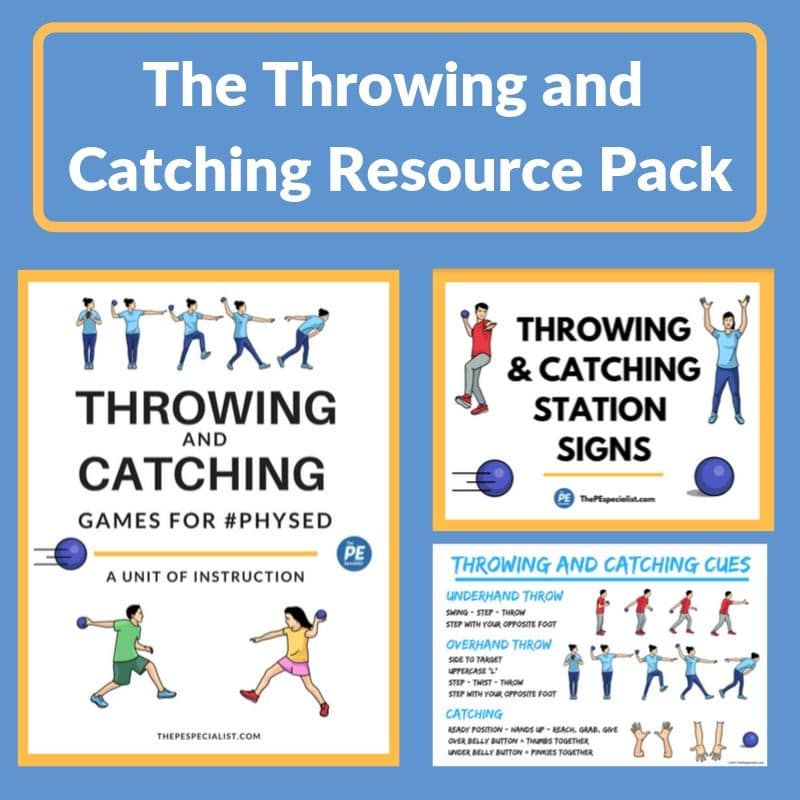Things about 4throws
Things about 4throws
Blog Article
4throws for Dummies
Table of ContentsThe 7-Second Trick For 4throwsRumored Buzz on 4throwsWhat Does 4throws Mean?Getting The 4throws To WorkExamine This Report about 4throws
In these sports, the tossing facet is simply one component of an extra intricate system of rules. As tossing capacity does not by itself figure out the result, these are not strictly defined as throwing sporting activities. A guy in the build-up phase of the hammer throw Phases of the javelin throw In events where one hand is utilized to throw the things, a "two-handed" competition might be organized wherein each rival's score is the sum of the range thrown with left and right-hand man.The discus throw consists of a tossing circle, protective cage and landing field. They lie near the ends of the back straight and the landing field lies in the grass area inside the track. The facility for discus toss, near the 1500m start, is typically combined with a facility for hammer toss.

Indicators on 4throws You Should Know
(https://gravatar.com/gleaminga2e9263aa6)Additional details on the construction of the throwing circle is in Area 2.4.1.2 of the Guidebook, web page 59. Regularly discus and hammer are thrown from a mixed center. In those circumstances the greater standards required for hammer tossing relate to the protective cage layout. To give greater safety it is preferable to extend the netting on the side of the cage nearer to the track better than 7m from the centre of the circle and/or raise the height of the netting for the last 2m.
The hammer throw center consists of a throwing circle, a safety cage and a landing field. The circle for the hammer toss is slightly smaller sized than the discus toss.
When a circle is utilized for both discus and hammer tossing a compromise finish is called for. Hammer and discus should only be tossed from a room or cage to guarantee the safety and security of viewers, authorities and athletes.
The javelin throw center includes a runway, a tossing arc and a landing sector. Considering that the size of the runway goes beyond the room offered in the sector, it is typically extended across the track and track border.
The Single Strategy To Use For 4throws
The path is 30m minimum long and gauged from the get go of the path to rear side of the side markings outside the path at the same level as the throwing arc. It is marked by two identical white lines 0.05 m vast and 4m apart. The path is covered with the very same surface area as the track.

Lines are attracted here are the findings from the extremities of the arc at right angles to the parallel lines noting the path. These lines are white, 0.75 m in size and 0.07 m vast. The field lines are laid from the centre point on the runway via the crosspoints of the tossing arc and the lines of the runway.
See This Report on 4throws
At this range the inner edges of the market lines are 50m apart. The noting of the market lines encompasses a distance appropriate to the competition. The shot placed facility includes a throwing circle, a stop board and a touchdown sector. The touchdown field is usually situated in the grass location inside the track.
The stop board is painted white and constructed from timber or various other appropriate material in the shape of an arc to make sure that the inner edge coincides with the internal edge of the circle. It is put midway in between the industry lines and securely repaired to the ground. It determines 1.21 m 0.01 m long on the inside.
The size of the sector is 25m. The angle of 34.92 levels is achieved if the 2 industry lines, at a distance of 25m, are spaced 15m apart.

The smart Trick of 4throws That Nobody is Discussing
Creating an appropriate stand throw is the structure of all shot put strategy. It's the beginning point for practicing, mentoring, and finding out the occasion. Every effective thrower has established and remains to improve proper stand toss strategy. Joe Kovacs striking a terrific finishing setting. Picture by Mohan CIt's not necessary to master the stand toss in the past going on to the fifty percent turn, full turn, or move.
Report this page